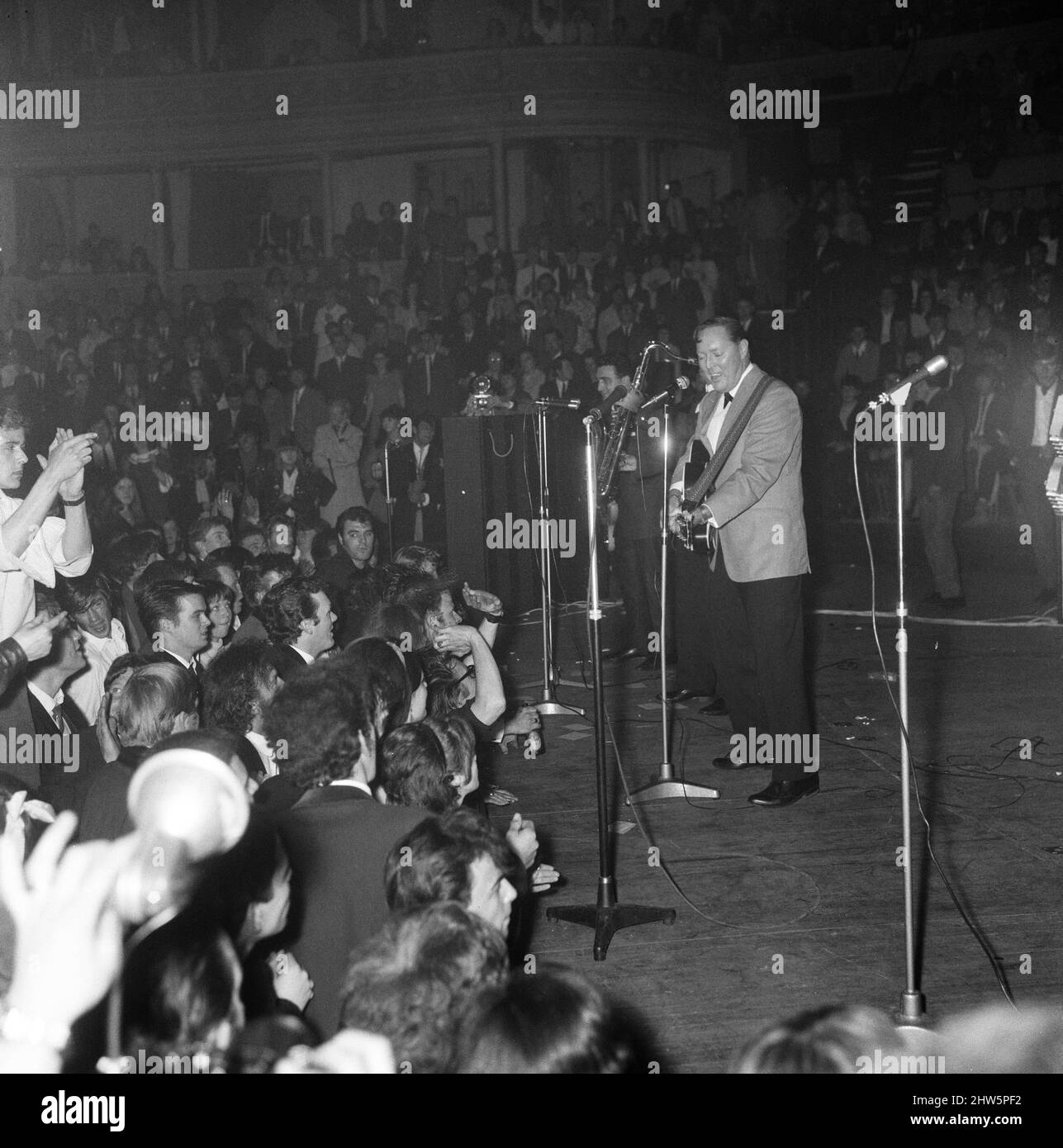The Art Of Cricket Bat Making: Honoring Tradition, Shaping The Future

Table of Contents
The History and Heritage of Cricket Bat Making
The history of cricket bat making is as rich and varied as the game itself. While the precise origins are shrouded in time, evidence suggests that early bats were far cruder than their modern counterparts, often fashioned from simple wood and lacking the refined shape we know today. Key regions like Kashmir and the counties of England have historically been central to cricket bat production, each developing unique techniques and styles passed down through generations of skilled artisans.
- Early materials and their limitations: Early bats were made from various woods, often lacking the consistent density and strength of modern willow.
- Evolution of design and construction techniques: Over centuries, the design evolved, focusing on optimizing weight distribution, sweet spot, and overall performance. The development of specialized tools and techniques significantly improved the quality and consistency of cricket bats.
- The role of skilled artisans and their knowledge transfer across generations: Master bat makers, often working within family workshops, meticulously honed their craft, passing their expertise down through apprenticeships, ensuring the continuity of traditional skills.
The Selection and Preparation of Willow
The heart of any quality cricket bat lies in the selection and preparation of its core material: willow wood. Specifically, English Willow and Kashmir Willow are prized for their exceptional density, strength, and shock-absorbing qualities. Choosing the right willow tree is a crucial first step, requiring careful consideration of several factors:
- Grading willow based on quality and suitability: Experienced craftsmen assess the willow's grain density, growth rings, and overall structural integrity. Only the finest pieces are selected for bat making.
- The role of climate and soil in willow growth: The climate and soil conditions significantly impact the willow's properties. Specific regions are known for producing willow with superior characteristics for cricket bat making.
- The time-consuming process of natural seasoning: Once felled, the willow undergoes a lengthy natural seasoning process, often lasting several months or even years, to reduce moisture content and enhance its durability. This process is crucial for preventing warping and cracking.
The Craftsmanship of Cricket Bat Making
The transformation of a seasoned piece of willow into a high-performance cricket bat is a testament to meticulous craftsmanship. Skilled artisans employ a range of traditional tools and techniques, each step demanding precision and accuracy:
- Creating the bat's profile and shape: Using specialized lathes and hand tools, the bat maker carefully shapes the willow, creating the characteristic profile and curve of the blade.
- Joining the pieces of willow to form the blade: Multiple pieces of willow are often joined together to form a single blade, requiring expertise in alignment and bonding.
- Applying the handle and grip: The handle, typically made from cane, is carefully attached to the blade, ensuring a secure and comfortable grip for the batsman.
- Finishing and polishing the bat: The final stages involve sanding, polishing, and oiling the bat to enhance its aesthetic appeal and protect it from the elements.
Modern Innovations in Cricket Bat Making
While traditional techniques remain central to cricket bat making, modern innovations have significantly impacted the industry. Advancements in materials science and technology have led to enhancements in both performance and durability:
- Use of advanced drying techniques for faster seasoning: Modern drying techniques, while sometimes debated for potentially compromising the wood’s natural resilience, reduce the seasoning time, allowing for faster production.
- Incorporation of lightweight materials without compromising strength: New adhesives and composite materials are being explored to create lighter bats without sacrificing strength or performance.
- Development of bats for specific playing styles and preferences: Data analysis and computer-aided design (CAD) are now used to optimize bat design for specific playing styles, offering customized solutions for batsmen.
The Future of Cricket Bat Making
The future of cricket bat making presents both challenges and opportunities. Maintaining the legacy of traditional craftsmanship while embracing sustainable practices and technological advancements is crucial for the industry's continued success:
- Balancing tradition with innovation: The challenge lies in finding the right balance between preserving traditional skills and incorporating modern technology to improve efficiency and performance.
- Addressing environmental concerns in production: Sustainable sourcing of willow and responsible manufacturing practices are essential to minimize the environmental footprint of cricket bat making.
- The role of skilled craftsmanship in the digital age: Preserving and promoting the skills of master bat makers is vital, ensuring that the art of cricket bat making thrives in the digital age.
Conclusion:
From the careful selection of willow to the meticulous shaping and finishing, cricket bat making is a journey that combines centuries-old traditions with modern innovation. The skill and dedication of master craftsmen are paramount to this process, ensuring that each bat is a testament to their artistry and expertise. We encourage you to appreciate the rich heritage and meticulous craftsmanship behind every cricket bat. Explore reputable manufacturers, delve deeper into the history of cricket bat making, or perhaps even consider purchasing a handcrafted bat to experience the superior quality and unique feel of genuine cricket bat making. Discover the artistry and precision that defines this essential part of the game.

Featured Posts
-
 Suksesi I Kosoves Ne Ligen E Kombeve Analiza E Perfitimeve Nga Uefa
May 23, 2025
Suksesi I Kosoves Ne Ligen E Kombeve Analiza E Perfitimeve Nga Uefa
May 23, 2025 -
 Goroskopy I Predskazaniya Rukovodstvo Po Znakam Zodiaka
May 23, 2025
Goroskopy I Predskazaniya Rukovodstvo Po Znakam Zodiaka
May 23, 2025 -
 Joe Jonas The Unexpected Target Of A Couples Dispute
May 23, 2025
Joe Jonas The Unexpected Target Of A Couples Dispute
May 23, 2025 -
 Unexpected Concert Joe Jonas Electrifies Fort Worth Stockyards
May 23, 2025
Unexpected Concert Joe Jonas Electrifies Fort Worth Stockyards
May 23, 2025 -
 The Whos Drummer Statement Following Royal Albert Hall Incident
May 23, 2025
The Whos Drummer Statement Following Royal Albert Hall Incident
May 23, 2025
